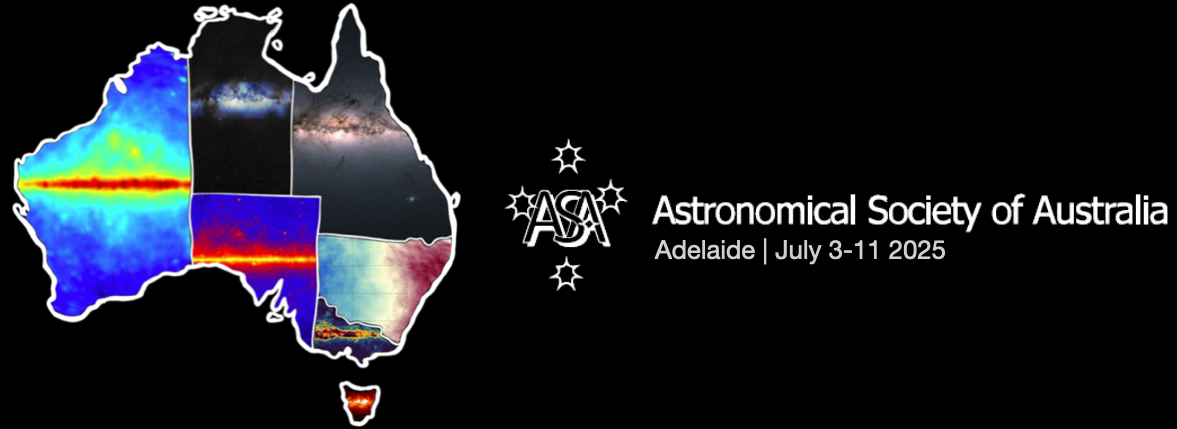Speaker
Description
Active Galactic Nuclei (AGN) typically vary stochastically in brightness across all wavelengths on the electromagnetic spectrum. However, observations of consistent periodic variability in AGN are desirable because they are signatures of a binary supermassive black hole (SMBH) system. A rare periodically flaring nuclear transient, ASASSN-14ko, was discovered in a Type 2 Seyfert galaxy with a binary SMBH system. This is the first discovery of a nuclear transient with a period of ∼115 days. From previous observations in the optical and UV bands, the origin of the flares was concluded to be a partial Tidal Disruption Event (pTDE) with an evolved star progenitor. However, only a handful of spectra have been taken of ASASSN-14ko and the last published photometric analysis was conducted on flares occurring in 2022. The question of how ASASSN-14ko has evolved since 2022 remains unknown until now. By performing high-cadence spectroscopy using the WiFeS 2.3m Telescope, we find that the spectral evolution remain consistent amongst all epochs but photometric observations show a decrease in period.

